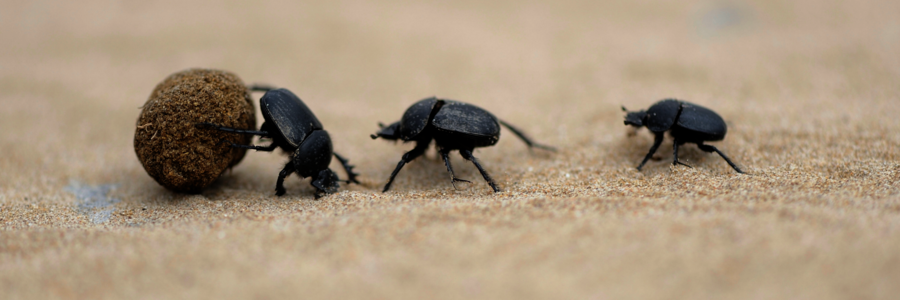Decline in insect diversity in nature conservation areas
The results of the scientific study conducted as part of the NABU research project DINA (Diversity of Insects in Nature Conservation Areas) are clear: the diversity of insects is not only decreasing on directly farmed land, but also in the nature conservation areas close to them. Areas of more than 11,000 km where nature conservation areas are located in the immediate vicinity of farmland were investigated. If we add the FFH (Flora-Fauna-Habitat) areas protected under EU law, we are even talking about a distance as long as the crow flies between the North and South Poles.
Islandisation of nature conservation areas
According to the study, the fragmentation of nature conservation areas is problematic. The study clearly shows that, on the one hand, the protected areas are too small to guarantee insects a vital supply of flowers and nests. On the other hand, the areas are too disconnected from each other. Important connecting links are missing, because the large intervening spaces of intensively used farmland are too large for the movements of most insects. Thus, no genetic exchange of individuals can take place between the conservation islands. Instinctive migrations of species such as snails or reptiles thus remain unsuccessful and flora and fauna are isolated in a life-threatening way.
Need for action to save biodiversity
NABU President Jörg-Andreas Krüger on the need to look to the future: "The results of the study clearly show the need for action: In order to restore the damaged biodiversity, we need sufficiently large protected areas in which use and nature conservation are coordinated. Secondly, we need to connect the areas through a network of non-managed landscape elements such as hedgerows and fallows. And thirdly, we need to at least halve the exposure to pesticides across the landscape, as the EU Green Deal also provides for."
Naturefund is addressing this problem in several nature conservation projects at once. Several flowering meadows in and around arable landscapes, forest margins and, last but not least, many square metres of dynamic agroforestry rows are intended to counteract this problem through several forms of implementation. The active projects focus on a variety of solutions, but also on the increased designation of new nature conservation areas.
Help to secure more areas for nature and thus for the preservation of biodiversity!
Source: Hardly any retreat spaces for insects in the agricultural landscape Nature conservation areas limited by farmland

